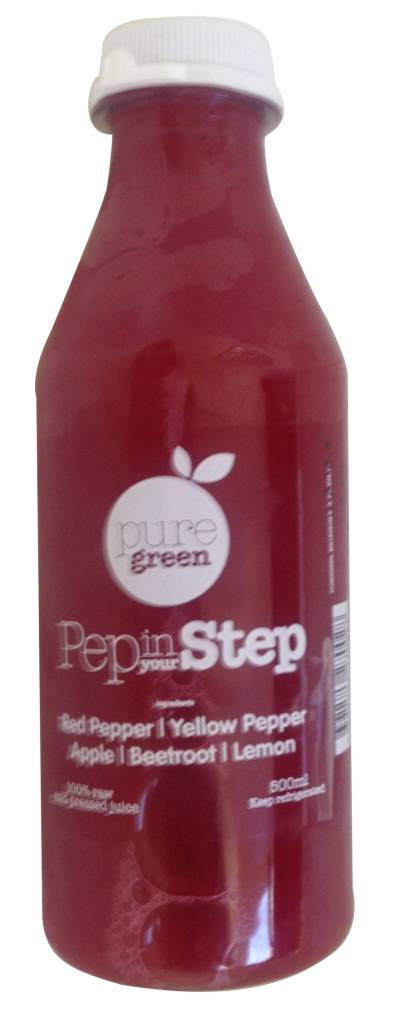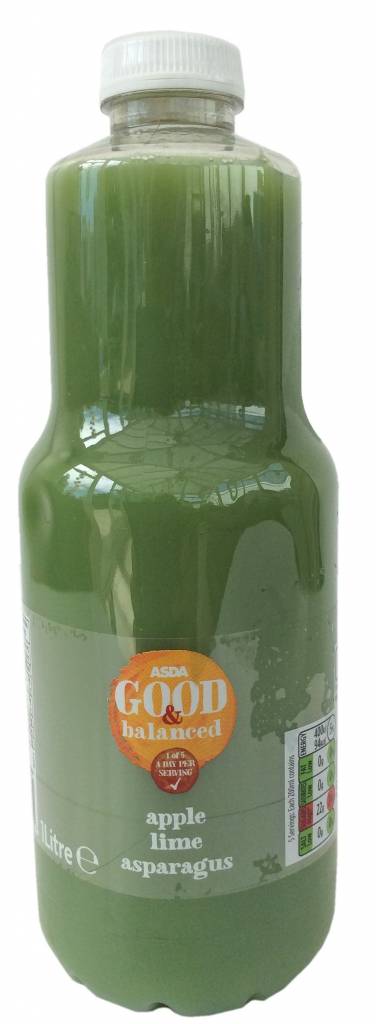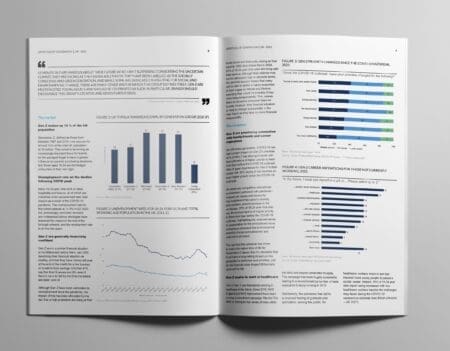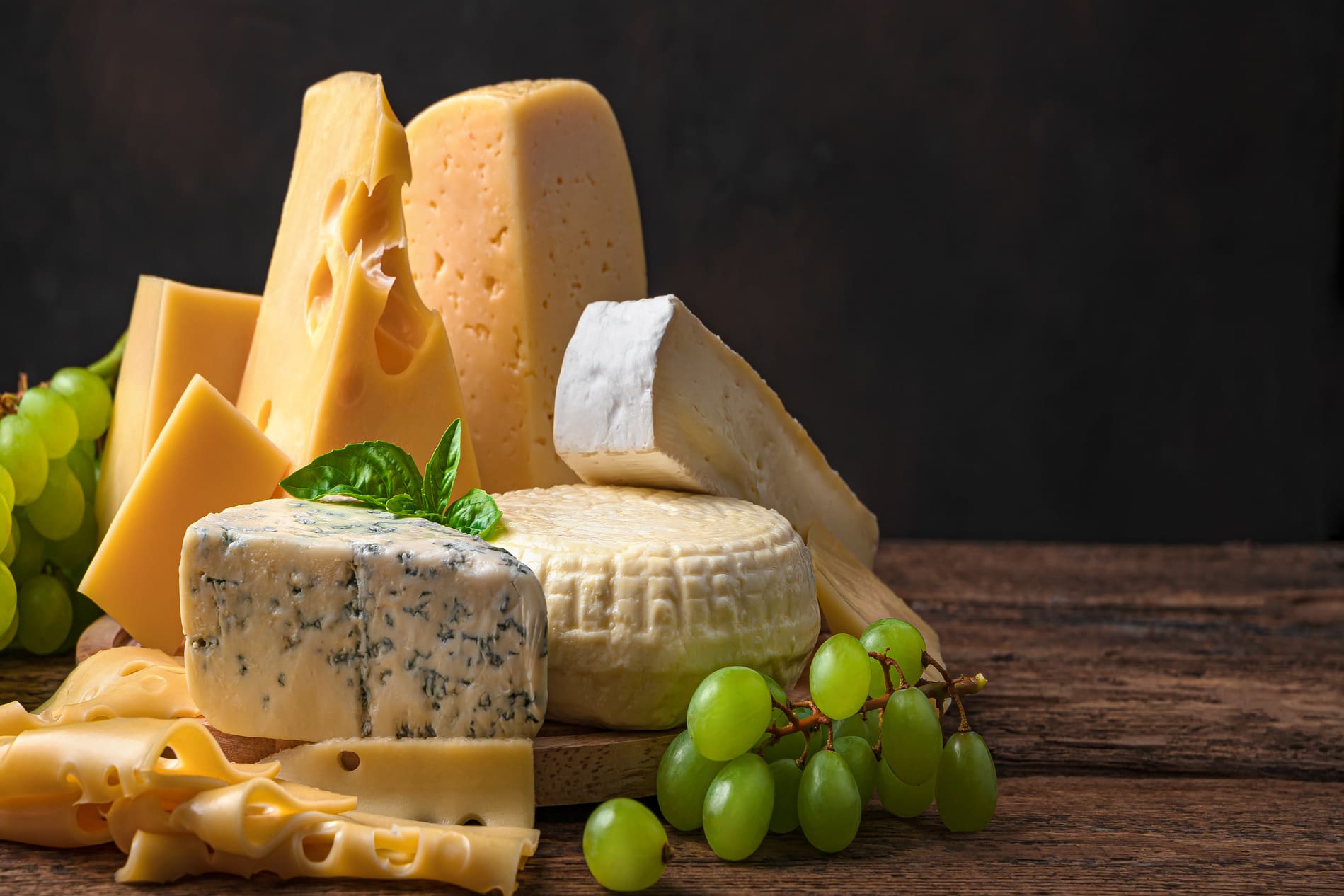-
Articles + –
Salad juices push vegetables to the front of bottles
Fruit and vegetable juice blends have been popular in Western markets for many years now, but recent innovations have pushed vegetables to the front of bottles. This comes as fruit juice’s health halo is slipping as it faces growing pressure for its “hidden” sugar content, with younger consumers particularly wary of fruit juice. Mintel research finds that almost two in five French 16-24 year olds and three in 10 German and Polish consumers in the same age group say that they limit how many juice drinks they buy due to their high sugar content.
Placing greater emphasis on vegetable content has enabled some juice manufacturers to mitigate concerns over sugar, while also increasing consumers’ vegetable consumption. Mintel’s Fruit Juice, Juice Drinks and Smoothies UK 2014 report reveals that 45% of juice drinkers say that adding vegetables to juice is a good way of cutting sugar levels. Similar sentiment exists throughout Europe, with two out of five Italian, German and Polish consumers agreeing with this statement. Many Europeans also believe that fruit and vegetable juice blends are generally healthier than pure fruit juice, suggesting further opportunities for brands to benefit from these positive associations, particularly when targeting younger consumers.
As a result, 13% of all juice drink launches in Europe during the first eight months of 2015 were “vegetable-flavored,” and this figure has been increasing steadily over the last five years. Development of vegetable juices has been primarily centred on the German and UK markets, which have accounted for 40% of launches so far this year. However, there is great potential to extend this trend throughout Europe, particularly in Mediterranean countries like Spain and Italy, where vegetables have traditionally had an important role in local diets, but vegetable juice innovations have declined in recent years.
According to Mintel analysis of flavor trends, sweeter, colored vegetables such as carrots and tomatoes still dominate, but there has been a clear shift toward green juices in the last few years. Spinach appeared as a flavor on 10% of European vegetable juice launches so far this year, up from just 1% in 2011. Mintel data shows a similar development for other trendy flavors such as kale, cucumber and celery. Recent examples include Innocent’s Easy Green Fruit and Vegetable Juice, a blend of cucumber, celery and spinach launched in Ireland in July 2015; Green Shoot’s Kale, Broccoli & Kiwi Smoothie, unveiled in France in June; and True Fruits Green Smoothie with Rocket, Mint & Chlorella, which was launched in Germany in May.
Other major movers include beetroot, which has been touted as a natural way to improve athletic performance; pumpkin, which is loaded with the important antioxidant beta-carotene; and sweet potato, which is a good source of vitamin C, potassium and calcium, and has a natural sweetness that negates the need for more sugar-rich fruit.
Increasing acceptance of vegetables has also resulted in other unusual varieties being blended with fruit. For example, Asda launched an apple, lime and asparagus juice in the UK in August 2015, while Pure Green launched a ‘Pep in Your Step’ Juice blended with red and yellow pepper.
However, juice brands must recognize that most consumers will struggle to transition from sugar-rich fruit juices to savory varieties, making fruit-vegetable blends the most appealing option, as they offer a balance between taste and health. Mixing vegetables and fruit could engage more consumers in the vegetable juice segment. Despite wide interest, just 10% of UK consumers have actually ever tried vegetable juices presenting huge opportunity for brands. The same is true throughout Europe, including Germany, where just 18% of consumers have tried fruit juice blended with vegetables.
Sarah Theodore is a global food and drink analyst at Mintel, leading a team of analysts based in the US. She works with Mintel’s global clients, helping them stay abreast of the latest product and consumer trends, and providing forward-thinking ideas to help them stay ahead of their competitors. Prior to Mintel, she spent 13 years covering the food and drink industry through the business press.
Sarah is a Research Manager for Mintel Food & Drink and a global analyst with specialty in the categories of dairy and beverages. She joined Mintel in 2009 after working for the business press.
-
Mintel StoreGet smart fast with our exclusive market research reports, delivering the latest data, innovation, trends and strategic recommendations....View reports
-
Mintel LeapMintel Leap is a revolutionary new AI-powered platform that will transform your research process....Book a demo












































